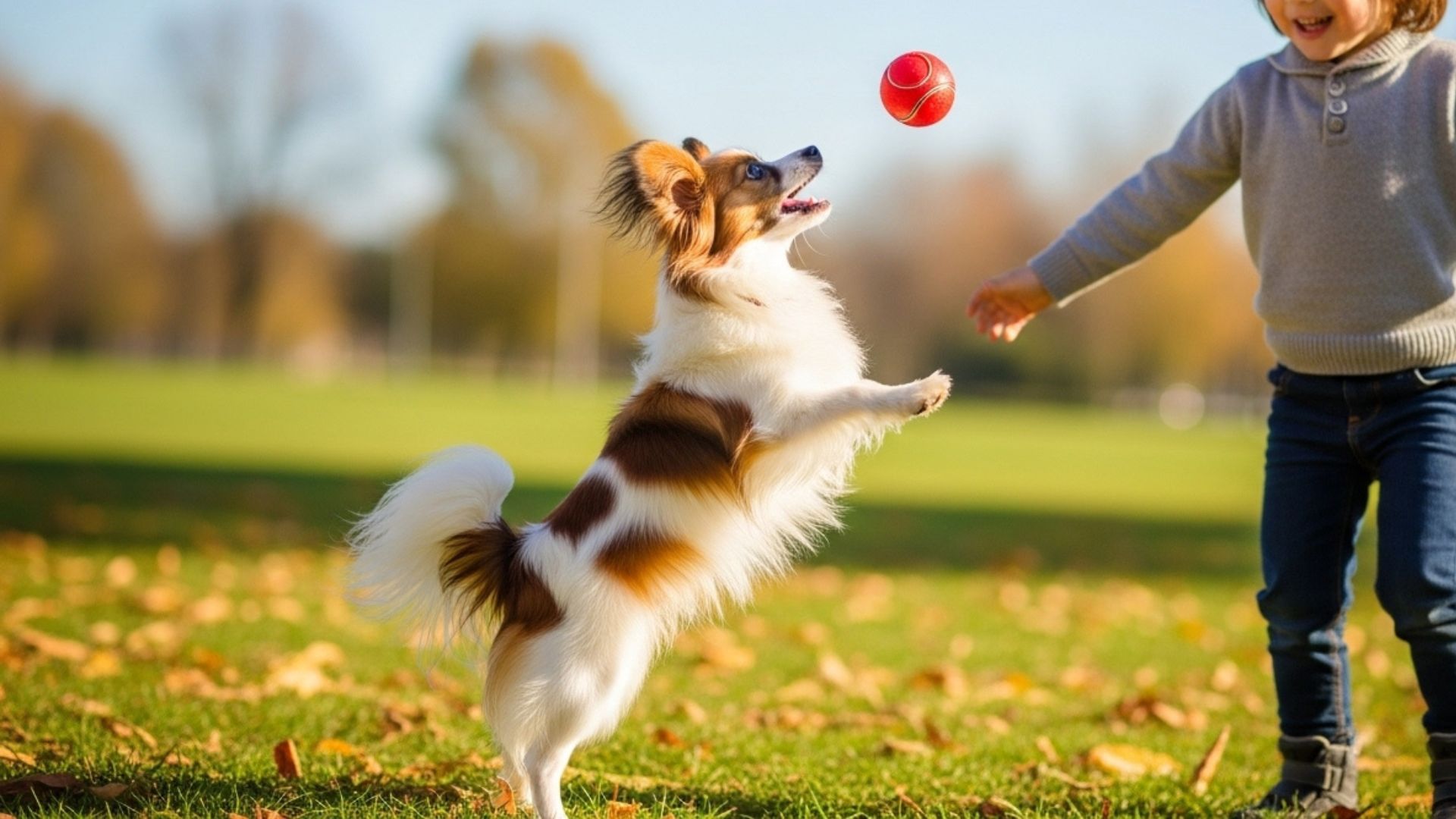When we talk about dogs, size truly doesn’t matter. The largest breeds can be the calmest, and those little, lap dogs take the cake when it comes to having an adventure. Tiny breeds are known to be small packages with larger-than-life personalities.
There is immense charm and affection, but most of all, the energy. They are often very stubborn, too, leaving you with no option but to entertain their energetic demands.
Small dogs are appreciated for their convenient size, making wonderful lapdogs, but also for their curious nature that is feisty and adorable.
Their loyalty and love for attention make them a good choice for families who can entertain a lifestyle that includes spending time playing with their friendly little dogs and also putting them to work once in a while as watchdogs, utilising their skills to the max.
Small dogs are also the most affectionate, which can translate into clinginess at times. Their devotion shines through when you let them in and have a rest day with them, watching movies, and just staying kind of a day.
In this guide, we will be looking into these breeds, their history, their friendly nature, and all that you need to know about them.
Tiny & Playful Dog Breeds
1. Pomeranian
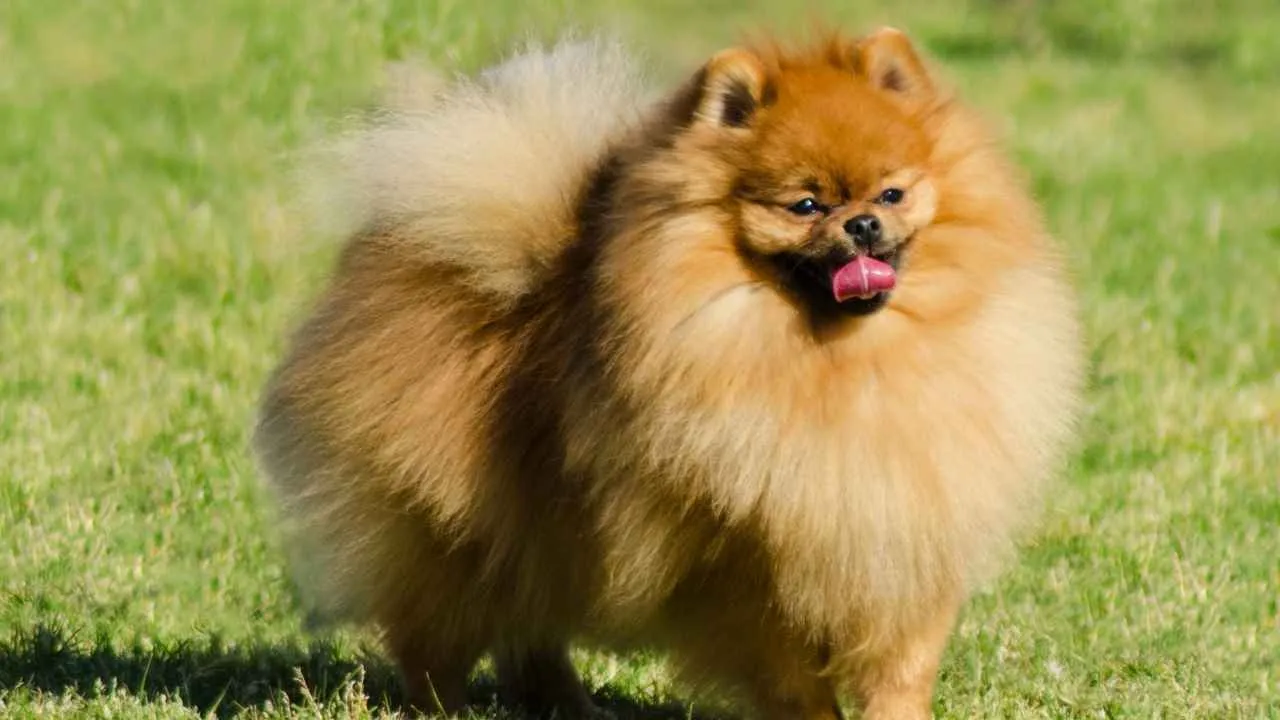
History
The Pomeranian is often called the “tiny lion”. Rooting from the Arctic Spitz dogs of Iceland and Lapland, which were later defined in Pomerania, modern-day Poland, and Germany.
Britannica notes that this breed was reportedly bred down to its current size and weight from the 30-pound sheepdog it used to be.
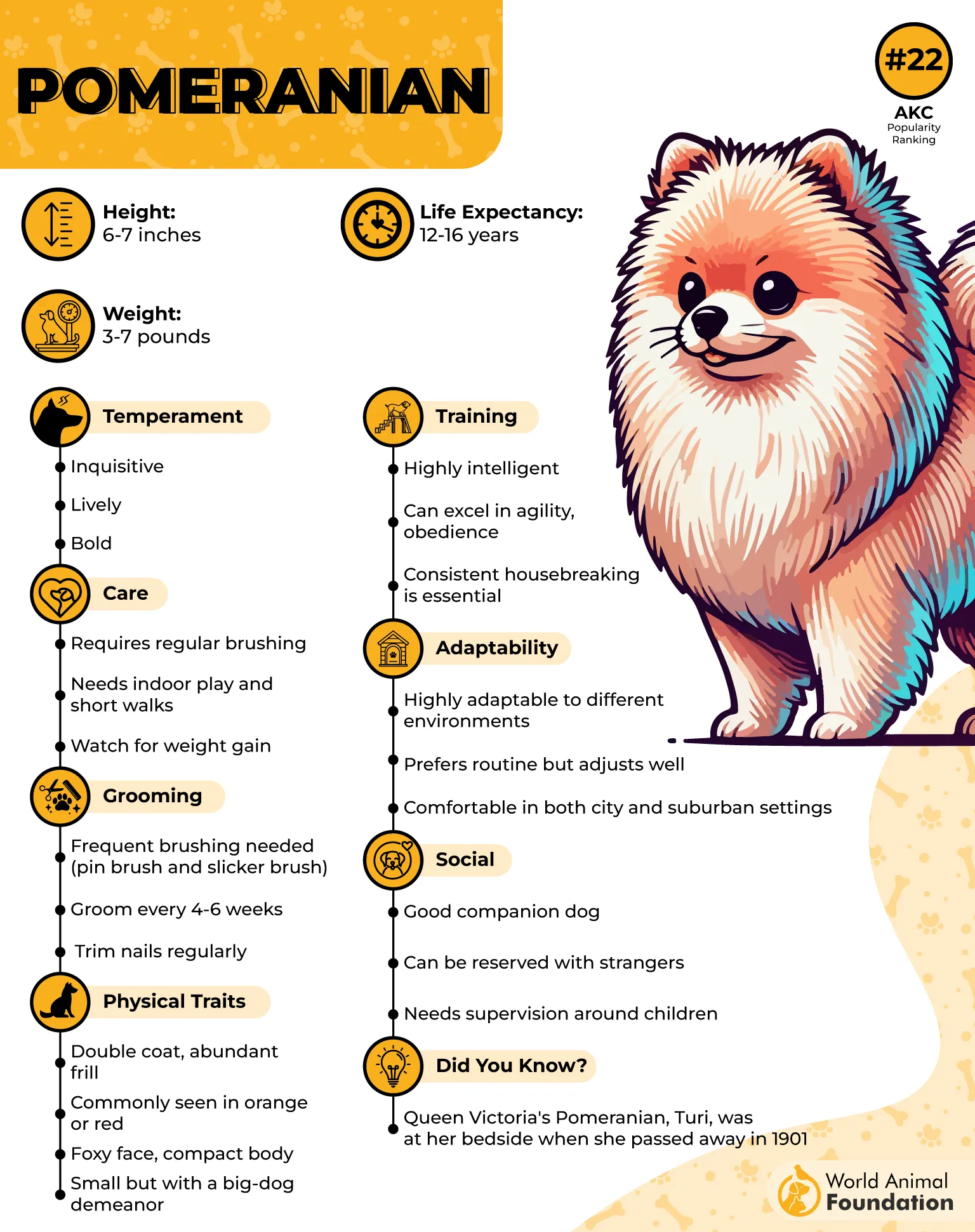
Energy Levels
They have high energy levels, but due to their size, these needs can be met indoors or with a stroll in the park. A little playtime in the backyard would do, too. They prefer temperate weather, not too hot, not too cold. They love playing games, are known to chase balls, and often do not return them.
Care
Require brushing twice a week with a normal, healthy coat. With a thick coat, a dense undercoat, they tend to shed profusely, so it may be more.
A light coat Pomeranian may experience a painless disorder known as Alopecia X or black skin disease. Hair loss happens, and then the hairless, bald spots may eventually turn black. Affected dogs are advised to wear shirts or sunscreen to avoid sunburn.
Pomeranians are prone to patellar luxation, the dislocation of the kneecap. Affected dogs hop to avoid using the impaired leg, but severe cases may require surgery.
2. Papillon
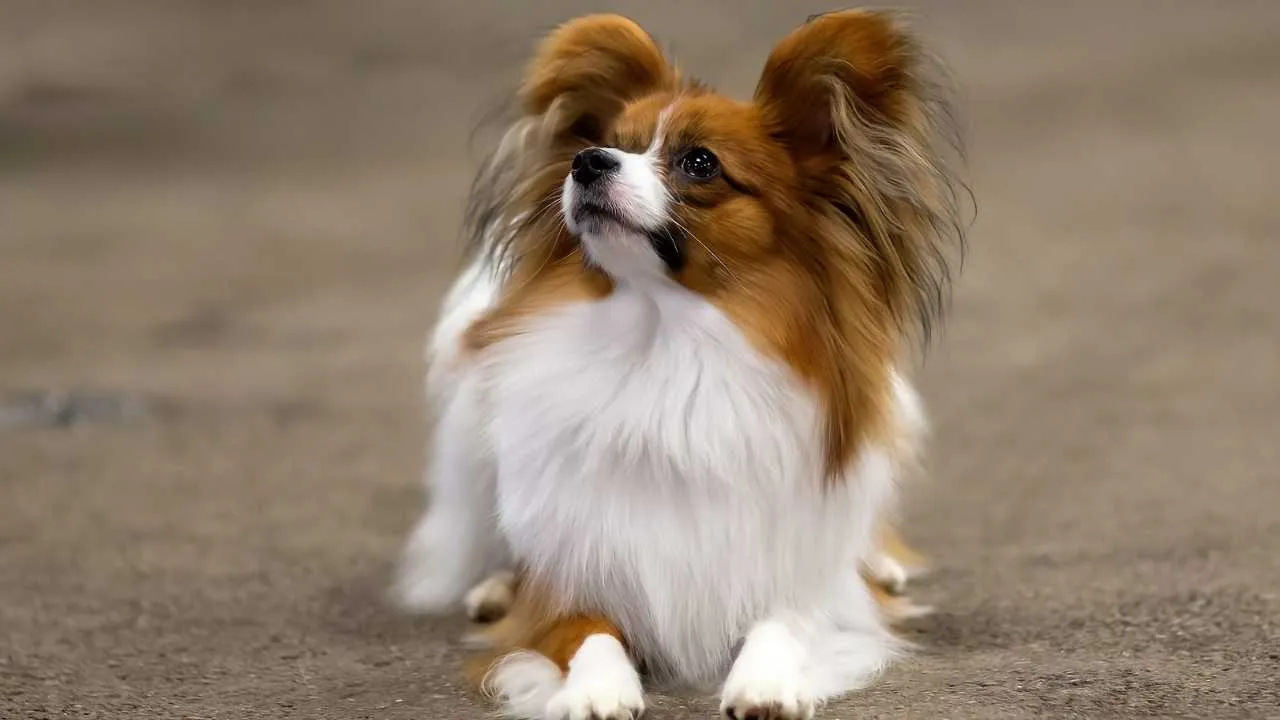
History
Small dog with big ears, the Papillon was given the name inspired by the French word for butterfly. They date back over 700 years. Possibly to the 16th century. The breed is thought to have originated in France or even Spain.
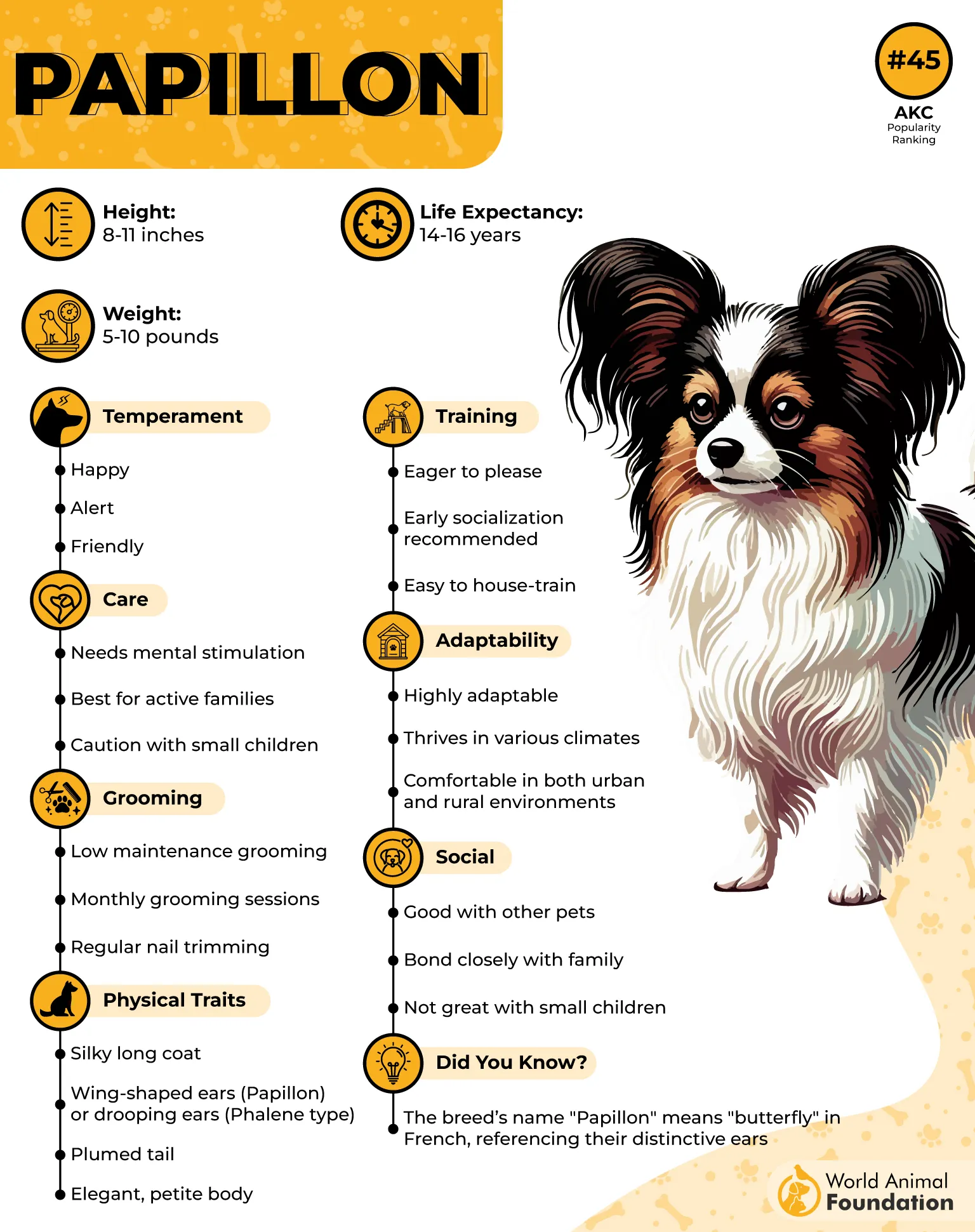
Energy Levels
They have boundless energy that they need help burning off, after which they’re happy to just curl up in your lap and relax. They are good for apartments where they can enjoy their indoor playtime and some neighbourhood walks too.
But as compared to other dogs, they are a little more on the energetic side, so if asked, they would choose a fenced area like a backyard where they can safely play in, as per PetMD.
Care
Needs brushing or combing a few times a week to prevent tangling or matting.
They can be ideal companions with positive reinforcement training.
They need a lot of mental and physical stimulation.
3. Havanese
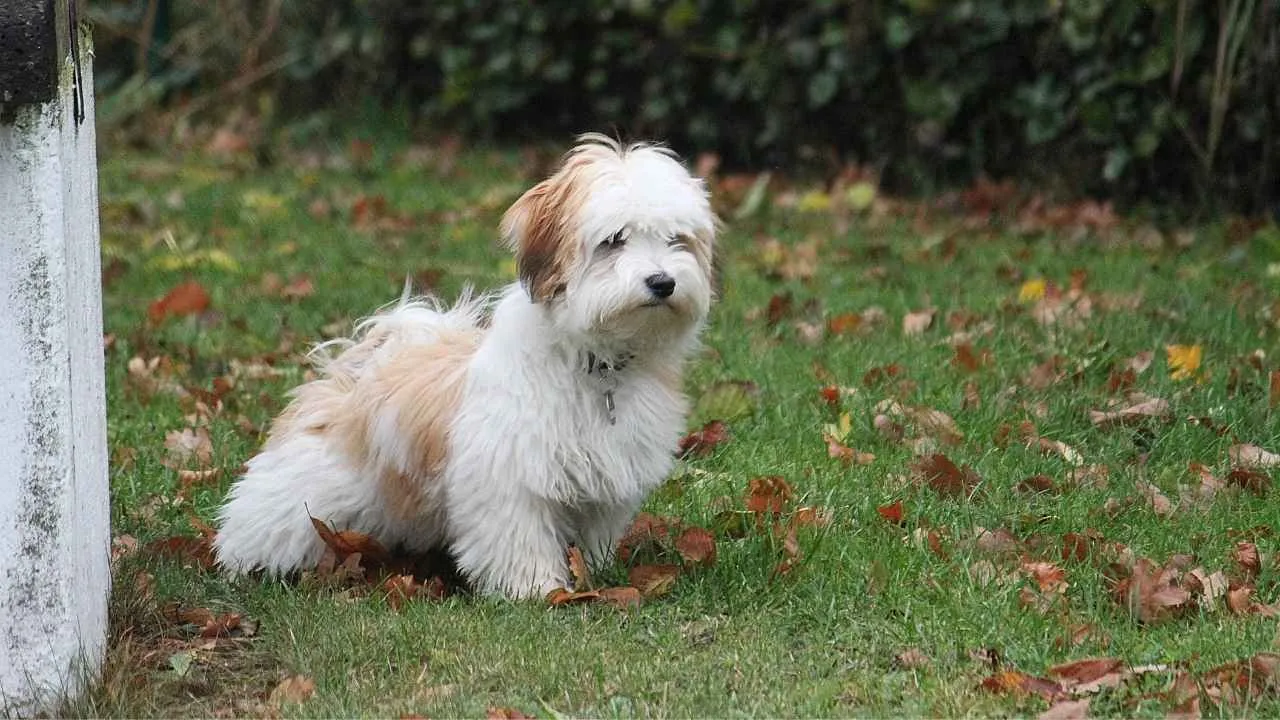
History
Originally bred in Cuba, where they are the national dog as well. It was known originally as the “Havanese Silk Dog” and is a part of the Bichon family of dogs. Likely descended from the Bichon Tenerife dog, which was brought by the Spanish colonists in the 16th century.
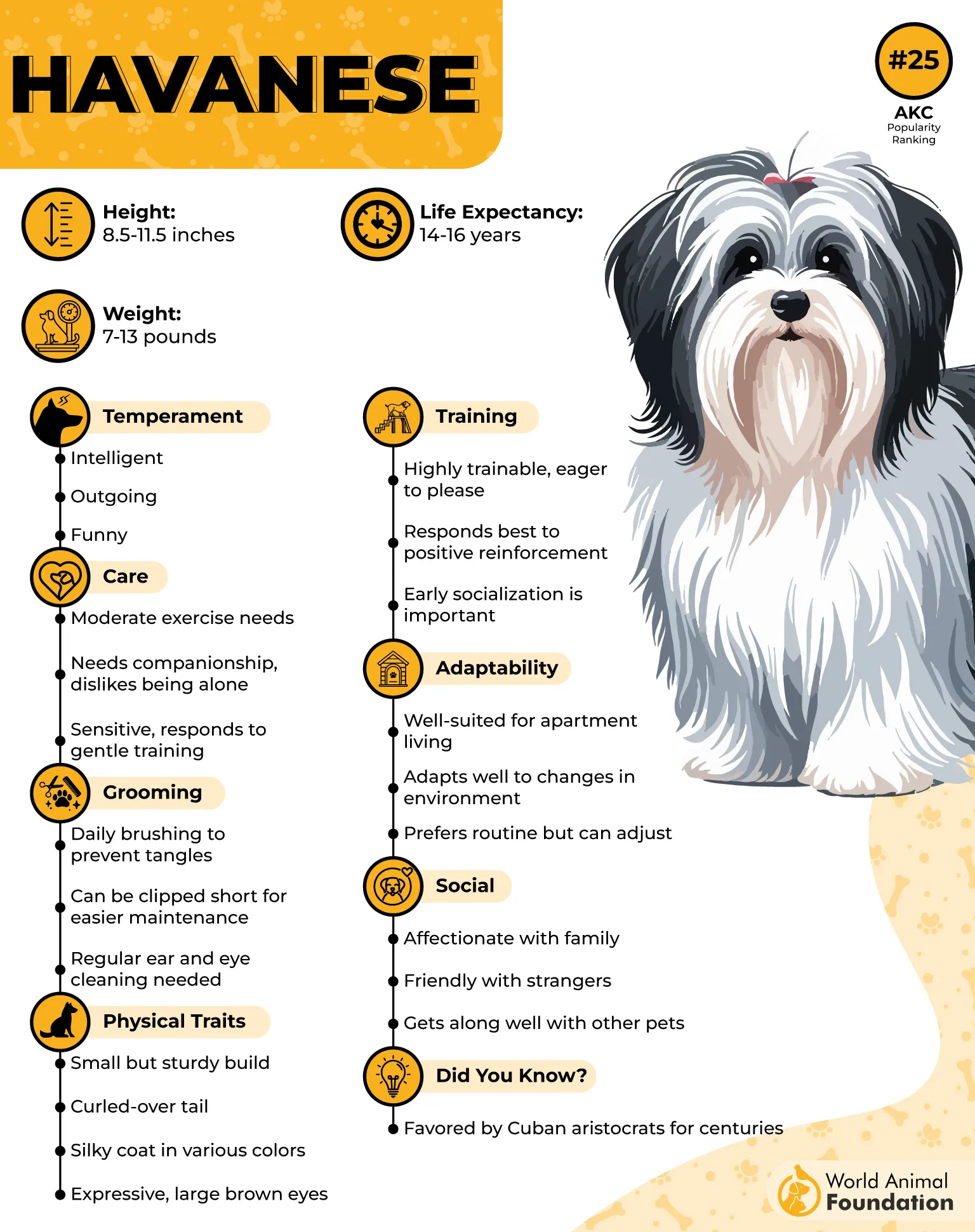
Energy Levels
Purina describes them as a lively, friendly, and affectionate toy dog breed. They will need about half an hour of exercise daily. A mix of indoor and outdoor activities and frequent walks is enough to make the breed happy and content.
It is important to note that they will enjoy doing anything as long as these loyal and loving dogs are with their owners.
Care
They don’t need a huge, expensive home. A place with a small garden and some space to groom is enough.
They exert energy a lot and also have a high metabolism, so with their small bodies, they need to eat little but more frequently.
Daily brushing to keep the coat free of tangles.
4. Chihuahua
History
They descended from a breed of companion dogs in Mexico, named after the Mexican city “Chihuahua. Their ancestors were known to be mute, but the Chihuahua we know is far from that, all thanks to generations of breeding, mixing, and matching.
The conquistadors of the 16th century found many of them in the Mexican state they are named after.
Energy Levels
They are very intelligent, love their humans, and make wonderful family dogs. The Chihuahua needs a minimum of 30 minutes of exercise per day, according to PDSA, so you can take them on your walks or any errands you need to run quickly. Enjoy watching them interact and bark at other dogs.
Care
Average shedders with low maintenance coat generally.
You need to brush their teeth daily to prevent diseases.
They need to be monitored around other dogs and people due to their feisty nature.
They may look like they can take a lot, but like any small dog breed, the Chihuahua has its limitations when it comes to physical exercise. Use our Dog Exercise Calculator to find the right amount of exercise and relaxation balance for your dog.
Dog Exercise Needs Calculator
Invalid input. Please enter a valid age and breed.
5. Toy Poodle
History
Developed not in France (as largely believed), but actually in Germany in the 1900s, the Poodle was bred to be a life companion, used for hunting ducks. You will notice visible traces of this in something as little as even their strut.
The Poodle Club of America states that the Toy or Miniature Poodle was bred down to the size from the larger, Standard Poodle.
Energy Levels
They have lower exercise needs as compared to the other breeds we have discussed, but would do well with a daily walk for sure. They are perfect for and popular among people who enjoy indoor activities and playtime with pets. This is an elegant breed with a personality that demands a balance of all.
Care
Smooth, fluffy, and curly coats which doesn’t shed much. But it does grow frequently, so it needs extensive grooming and a fresh cut every couple of weeks.
They need a balanced diet to stay fit that matches their activity levels.
Mental stimulation, like puzzle toys, is also a requirement.
6. Yorkshire Terrier
History
It was developed in England, particularly by the migrated Scottish weavers in the 19th century. Yorkies were used to chase rodents in mills and mines before crossing with various terriers, making them into the small, agile, and epic hunter version of themselves that we know today.
Their working dog role shifted to that of a lap dog by the reign of Queen Victoria.
Energy Levels
It is a high-energy dog. Their needs, however, can be fulfilled with a small yard or open area in your apartment or home. They would like to provide company on your daily walks. They are popular for chasing balls and not returning them.
If you are to test them in agility, obedience, and search for hidden rats, they will not disappoint you.
Care
Not generally water-loving.
Requires frequent, often daily brushing to prevent tangles and to remove any leaves or objects stuck in their long coat.
Bi-weekly bathing is important, and clipping to a more manageable length.
7. Maltese
History
This is an ancient breed, thought to have originated 2,500 years ago in the island of Malta, which it is named after. They were adored and loved by the Greeks, Egyptians, and Romans.
They appear in ancient art, being worshipped by the Egyptians. Later on, they became popular lapdogs for the wealthy and aristocrats.
Energy Levels
Typically, it is a healthy, vigorous, affectionate, and very lively breed, hence it has relatively high energy and higher exercise needs. However, due to their small size, the needs can be met in a small space, like a yard etc. They don’t require hours of running, but a moderate routine daily would make them happy.
Care
They have a long, silky coat that needs to be trimmed every six weeks, for potential pet parents.
They are aloof towards strangers but fairly easy to train. Pet parents will enjoy spending time with these smart companions.
A small dog can be a tripping hazard, so they need to be monitored more than regular-sized breeds.
Conclusion
Most of the tiny breeds come with long coats, and there is no such thing as a completely hypoallergenic dog, so precautions need to be taken before getting a breed. But their personality and playful nature are what make them great for families.
A Miniature Pinscher is a breed that is small and playful, but without the coat’s inconvenience. In addition to the Min Pin, the Italian Greyhound, Cairn Terrier, Alaskan Klee Kai, and even the Cavalier King Charles Spaniel are all small dog breeds that scratch that itch in your brain for tiny, cute little fur friends.
Small dog breeds are good with children, physically. They are the easiest to train and help exert some of that energy in the world, and they blend in with the family easily. If you’re a new owner, a small breed is the right way to start.


